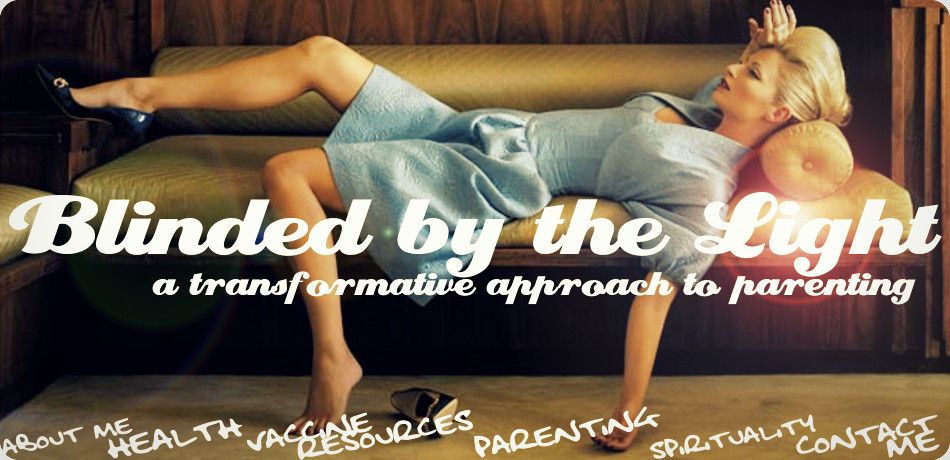Pregnancy and birth are filled with many unpredictable features, whether this be your first go at the rodeo or 5th.
Pain experienced during labor is also unpredictable. Pain may be manageable without medication, or it may become severe and exhausting.
If you find yourself calling the United States
Ladies in the U.S. UK Canada US
Interesting, none-the-less….
What is certain is that epidural use is nearly always an elective procedure. Although it can be a useful tool in supporting a laboring mother, the use of epidural medication expands the chance for complications, this does not occur in drastic numbers. Each family has their own comfort level with side effects and risk – what one family may consider safe, another may become uncomfortable. (you can learn more about risks associated with epidural use here and here)
Everyday, devoted and loving soon-to-be mothers opt for epidural anesthesia pain relief during the birth of their babies.
I was among them, choosing an epidural with my first daughter because I thought it would help with pain and allow me to have a more enjoyable experience. In actuality, I experienced agonizing break-through pain and a cascade of interventions that I wasn’t anticipating (urinary catheterization, artificial rupture of membranes, internal fetal monitoring, use of synthetic oxytocin).
Was my disillusionment with epidural anesthesia in the minority?
Higher Pain Recall Among Those Opting for Epidural Analgesia
A remarkable finding from a longitudinal study (2009 BJOG) regarding women’s memory of labor pain found that mothers who opted for epidural analgesia reported higher pain scores at all time points versus those who went without.[*]
Another study (2006 JPOG) substantiates the above findings and also goes to on to provide data that women who received epidural analgesia not only had higher recollection of intense pain at two months and one year but also had greater difficulty forgetting pain 10 months later.[*]
If a mother chooses an epidural in most part to experience a labor that is less painful then one without anesthesia the data above can be sobering.
Research also suggests that pain experienced during labor is not entirely a negative experience, with more then 1 out of 4 women (28%) assessing pain as more of a positive than a negative – suggesting that coping with pain is a rewarding experience for some women.[*]
Lower Satisfaction Among Those Opting for Epidural Analgesia
Although women and care providers may assume that effective pharmaceutical pain relief during labor will ensure a more positive birth experience, there is mounting evidence that the opposite is true.
Several studies have shown that women who use no labor medication are the most satisfied with their labor and birth (times being assessed at time of birth, six weeks and one year after birth).[*][*][*][*][*][*]
Also worth noting, women who cope with labor using non-medical alternatives such as water birth, massage, positioning, focusing and breathing done with the support of another person report more satisfied than with standard pain relief given during childbirth.[*]
Natural techniques utilize a woman’s own strengths and places her in control of her own body. They also have been assessed to improve obstetric outcomes compared to pharmaceutical relief.[*][*]
Interestingly, the influence of pain relief on satisfaction is not as powerful as the attitudes and behaviors of the mother and caregivers involved. Consider a 2002 study published in the American Journal of Obstetrics & Gynecology which concludes four factors that appear to override pain experienced in labor:[*][*]
1. Personal expectations
2. Amount of support from caregiver
3. Quality of caregiver-patient relationship
4. Mother’s involvement in decision making
This reaffirms the main key to satisfaction and managing labor pain effectively, is to ready yourself in advance – arranging continuous support, accurately understanding pain control options (and the interventions involved) and having an active role in the decision making process.[*][*]
****
As much as some might like to discount natural childbirth as a progressive trend among a small number of women, research affirms that women who opt for epidural anesthesia experience more pain, have a more difficult time forgetting the pain, and experience less satisfaction overall.
Women do not decline an epidural simply to “win a medal” – instead information on different types of pain relief are assessed and balanced against other goals such as walking, pushing effectively, or minimizing maternal/neonatal side effects and/or risks.
How much of an effect an epidural medication can have on a newborn or mother is not easily predetermined and can vary based on dosage/mix of pharmaceutical drug combination, the length of labor, and each individual.[*]
Opting for an epidural anesthesia is one method (among many) that can aid in relief of pain and discomfort during the labor process. This type of pain relief requires a mother to give some control to the hospital staff. It does involve risk and additional intervention.
The decision, rightfully, rests for each woman to make. In due course, researching the procedure and talking others who have may be able to offer different perspectives could help a mother decide on what is right for them.
As the data suggests, most women who choose unmedicated birth (and prepare for it) find the pain intense but manageable and they are happier with their experience afterwards.
Ultimately, what can be said, each woman should use the insight into herself to be the best guideposts in directing her toward a positive decision regarding pain relief during labor.
"You gain strength, courage and confidence by every experience
in which you really stop and look fear in the face."
- Eleanor Roosevelt









